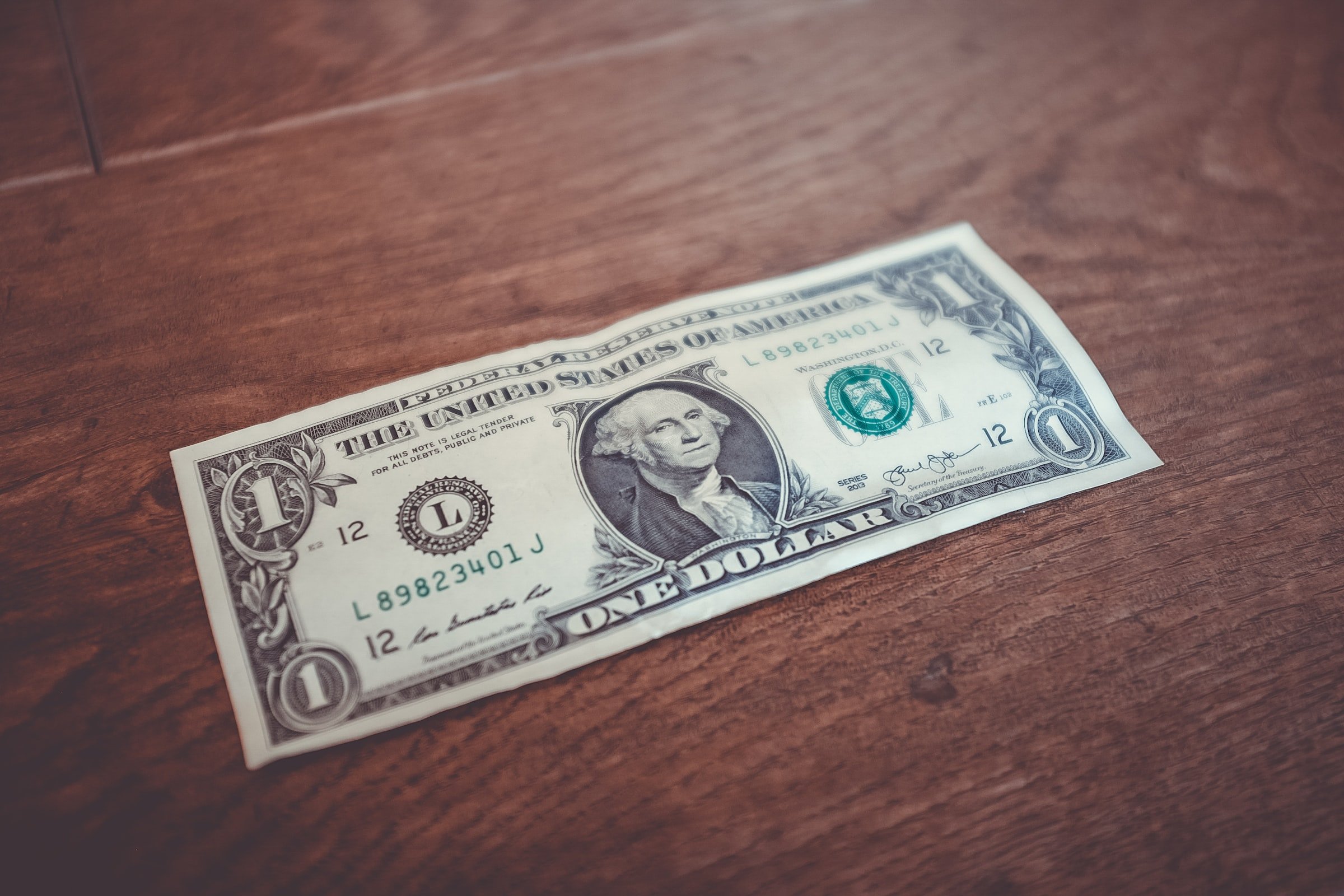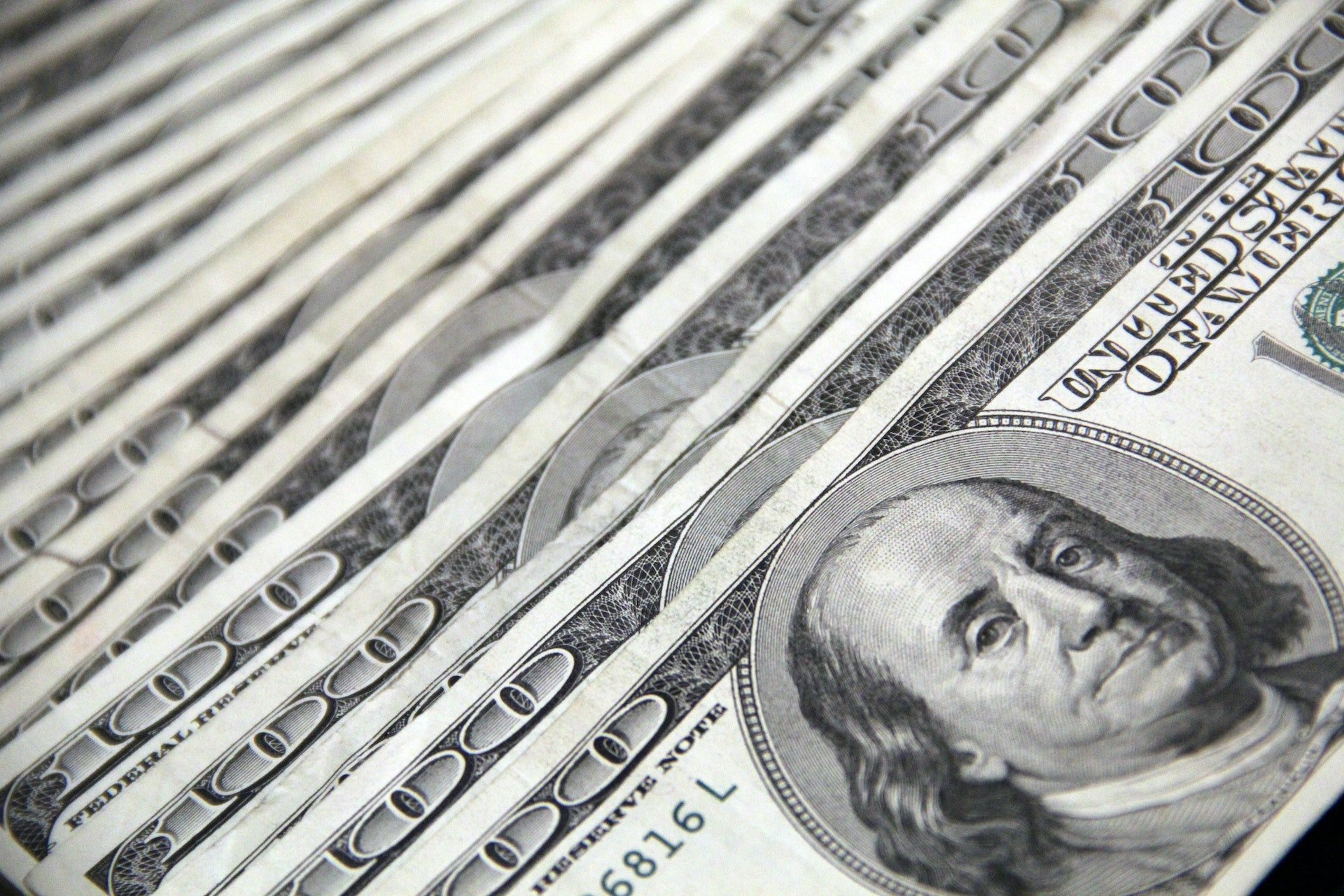The cost of living is officially up by 11.1%, the highest increase since 1981. As interest rates and consumer prices climb steadily higher, the threat of a recession casts a shadow over the American economy.
Will there be a recession in 2023? No one has a crystal ball, but there are some signs that indicate a mild recession is coming in the near future. Here’s what that means and what you can do about it.

What Is a Recession?
To be clear, a recession isn’t measured only by rising consumer prices. Instead, the term “recession” refers to a small constellation of features, including:
- Increase in unemployment rates
- Declining retail sales
- Negative gross domestic product (GDP)
- Manufacturing contraction
- Decline in average income
The typical business cycle can see all of these features on a recurring basis, of course. But when these conditions persist for months — or even years — the widespread economic downturn is labeled a recession.
The Signs of a Recession (2023)
Will there be a recession in 2023? Economists from the University of Michigan say that the United States may be heading for a “mild recession” (2023). Likewise, JPMorgan forecasts that even as interest rates begin to plateau, the U.S. economy is headed for a recession in 2023.
What are the symptoms of a coming recession (2023)? USA economists point to several factors that indicate an economic downturn in the coming months.
Rising Interest Rates
Interest rates are expected to keep rising until mid-2023. That means inflation will continue to be a problem for the foreseeable future, and the economists from the University of Michigan predict that it may take a recession to finally drive inflation back down.
Lower Rates of Business Expansion
Rising interest rates may prompt businesses to be more cautious; companies will focus more on maintenance than on company mission. Pessimistic economic projections will likely forestall the growth of many would-be startups, leading to a form of stagnation affecting multiple industries.
A Declining Housing Market
The same report from the University of Michigan predicts a “nuclear winter” for the housing market. With interest rates at historic highs, mortgage applications are down and consumer sentiment is lower than it’s been since the 1950s.
A Drop in Consumer Spending
Inflation means that consumers are hit hard with the price of gas and groceries, to say nothing of jaw-dropping mortgage rates on new houses. As a result, American families have less discretionary income, which means less money is flowing into the American retail system.
Rising prices have curtailed Americans’ plans for holiday gift-buying in 2022, and it’s likely that this negative consumer sentiment will continue for as long as inflation remains high.
An Unstable Global Economy
The Russia-Ukraine conflict has already had an impact on the global economy and the distribution of resources. But China and Europe have likewise seen a decline in their respective economies. A study from the World Bank indicates that global inflation rates have reached 5%, roughly double the five-year, pre-pandemic average.
Signs of Hope for 2023
Despite these areas of concern, there may be reasons for hope in the near future. For starters, the coming recession appears to be “mild,” which means that while it presents its challenges, its effects won’t be devastating. There are also signs that the future isn’t altogether bleak. Here are some signs of hope for the immediate future.
Gas Prices Dropping
While gas prices remain at historic highs, the cost per gallon has been declining steadily since May of 2022. Sure, it might be a while before drivers see pre-pandemic fuel prices, but it’s at least an indicator that this particular cost will be easing slightly in the not-too-distant future.
Auto Industry Surviving Despite Challenges
The cost of new and used cars remains high, but the backlog of car sales has all but guaranteed steady automobile sales in the U.S. This is good news for dealers and auto part suppliers, who will continue to have a strong customer base even as consumers cut back on other types of spending.
Food Prices Beginning to Drop
The cost of fertilizer is decreasing. That’s good news for farmers and consumers alike. Farmers will be able to produce food at lower costs than before, which means that your family’s grocery bill might be expected to slowly drop. It also means fewer food shortages and less difficulty acquiring certain products.

Recession Survival Tips
If America slides into a recession in 2023, you may need to make some adjustments to your budget, not to mention your investment strategy. Here are some tips for surviving in 2023.
Adjust Your Budget
As painful as it sounds, you’ll need to make some adjustments to your monthly budget. And yes, “adjustments” will likely mean “cuts.” Keep your spending focused on the essentials: food, bills, and housing. That may mean cutting back on your favorite gourmet coffee or limiting yourself to one take-out meal per week.
Reducing your nonessential expenses will help you stretch your paycheck to cover what you need until consumer prices start to normalize.
Look for Savings
Become a bargain hunter. No, that doesn’t mean you have to get into “extreme couponing” like the people you see on reality TV. But it might mean swapping a few grocery products for the inexpensive store brand.
And speaking of TV, now might be a good time to cut your streaming services down to your favorite one or two. If you want to really save, look for a lower rate for your phone or internet subscription plan. You may end up saving on your monthly bills with a new plan or provider.
Build Your Emergency Savings
Make sure to save up for a rainy day. Ideally, you should have enough money in your short-term savings to cover three to six months of your basic expenses. Building this short-term account can prevent you from dipping into your long-term savings if you face an unexpected purchase.
Invest in Recession-Proof Stocks
Don’t let a recession short-circuit your investing strategy. Your best bet is to maintain a diversified portfolio containing stocks from recession-proof industries.
Think of corporations that consumers will use regardless of how the economy is doing. Consumer staples such as food providers and grocery chains are always a solid choice, as are telecommunications, healthcare, and utility companies.
Invest in U.S. Treasury Bonds
Bonds are keyed to the rate of inflation, making them a great choice for your short-term savings strategy. A bond can be purchased through the U.S. Treasury.
Look into Treasury Inflation-Protected Securities (TIPS) in particular, as these are designed to match current rates of inflation. This means that even if consumer prices should increase, the value of these TIPS will adjust to keep up.

Will There be a Recession in 2023?
In all likelihood, 2023 will bring at least a “mild” economic recession. That’s not exactly welcome news, but if there’s a bright side to be found, it’s that the coming recession coincides with a few bright points that hint at a light at the end of the tunnel.
In the meantime, consumers and investors can re-strategize to stay the course regardless of what the economy brings.
Gorilla Trades can help with that. Our members receive exclusive tools, resources, and stock alerts to guide their investment journeys. By leveraging these features, you can get the most from your money and reach your financial potential. Sign up today for a free trial and get 30 days of stock alerts delivered straight to your inbox.




